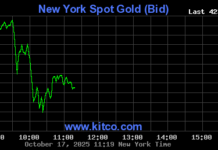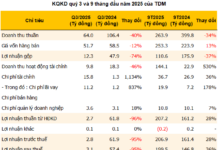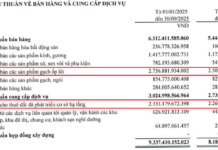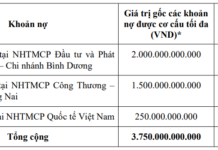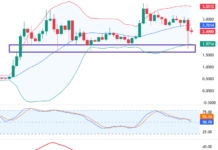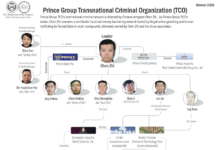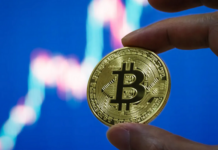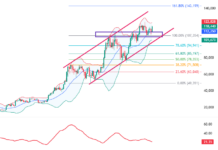What does this rising interest rate trend signal, and how will it impact credit growth and profitability in the banking sector?
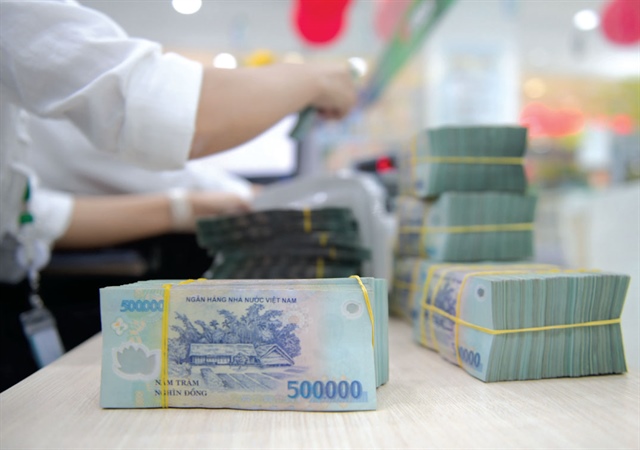
As of now, banking is among the most profitable industries, with returns ranging from 15-20% since the beginning of the year. Photo: LE VU |
Slow credit growth eases capital mobilization pressure
As of the end of May 2024, total credit growth in the market is estimated at 2.41% compared to the end of 2023, the lowest growth rate compared to the same period since 2015, except for 2020, heavily impacted by the Covid-19 pandemic (with a growth rate of 2%). Notably, in the first two months of 2024, credit growth was negative at -0.12% and only turned positive from March at 0.26%, reaching 2.41% in May.
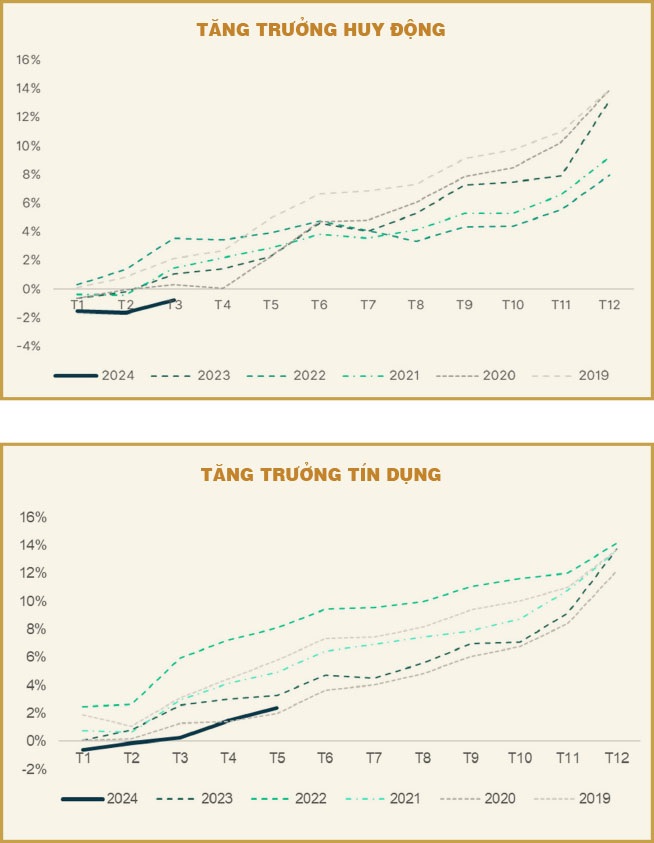
Regarding capital mobilization by credit institutions (CIs), as of the end of Q1 2024, capital mobilization decreased by 0.57% compared to the end of 2023, an improvement from the 1.64% decline in the first two months. The decrease in capital mobilization is partly due to banks’ reduced mobilization needs due to low credit growth in Q1 2024, excess liquidity in the system, and a decrease in deposit rates compared to the end of 2023.
In terms of interest rates, in Q1 2024, the average deposit rate of CIs in the interbank market decreased for most terms, with an average decrease of 0.5-0.9 percentage points/year compared to the end of 2023. The deposit rate ranged from 3.6%/year for terms of 3-6 months to 4.3-4.5%/year for a 12-month term. These are the lowest deposit rates in many years (lower than the 2020-2021 period).
For interest rates in the interbank market, excessive liquidity in the system led to interbank rates fluctuating at 0.2-1%/year for overnight, one-week, or two-week terms. When exchange rate pressure increased, the State Bank of Vietnam (SBV) intervened by issuing bills, causing interbank rates to rise again, but not for long.
In monetary policy management, the government has directed the SBV to flexibly manage monetary policy, balancing exchange rates and interest rates, and prioritizing growth stimulation, striving to reduce lending rates. Thus, in addition to implementing a flexible monetary easing policy to stimulate growth, one of the reasons for the decrease in capital mobilization and interest rates is the weak credit growth.
What does the rising deposit rate signal?
Since the beginning of Q2 2024, many CIs have gradually increased deposit rates for all terms, with non-state-owned banks increasing more, about 0.5 percentage points/year, while state-owned banks increased slightly by about 0.2-0.3 percentage points/year.
|
If the deposit rate continues to increase by 0.5 percentage points/year, it will return to the level of the end of 2023. This is still a very low-interest rate compared to previous years and will not significantly affect credit growth and bank profitability. |
In the first half of June 2024, the deposit rate of state-owned banks was generally below 2% for terms of less than three months, below 3%/year for terms of 6-9 months, and about 4.6-4.7%/year for a 12-month term.
Meanwhile, large-scale non-state-owned banks offered deposit rates of less than 3.2%/year for three-month terms, 4-4.2%/year for 6-9-month terms, and 4.7-5%/year for 12-month terms. The remaining small-scale banks had rates about 0.3-0.5 percentage points/year higher than large-scale banks, with 12-month rates ranging from 5-5.5%/year.
Thus, although the deposit rate is on an upward trend for all terms, the interest rate level has not returned to the level of the end of 2023 and is still relatively low compared to previous years.
Reasons for the increase in deposit rates include: (1) the increase in the interbank market rate raises expectations for the increase in the resident deposit rate; (2) the US Federal Reserve (Fed) keeps interest rates higher than expected; (3) credit growth starts to recover faster.
External pressure from the Fed’s delay in cutting interest rates has made it more difficult for Vietnam to control exchange rates, and one of the measures being applied is to sell US dollars for intervention and raise interbank market rates simultaneously. However, the condition for the interbank market rate to remain high for an extended period is to have faster credit growth, forcing CIs to increase capital mobilization and set higher deposit rates.
How will the rising interest rate affect credit growth and bank profitability?
Currently, the market has met both necessary and sufficient conditions to establish a new deposit rate level. Regarding the necessary condition, the Fed’s June 2024 meeting led the market to realize that US interest rates would not decrease until Q4 2024 and would only decrease once this year.
With the US maintaining high-interest rates, the interest rate differential between the US and developing countries like Vietnam remains high, putting significant pressure on the exchange rate, and thus, the interbank market rate will remain high for an extended period.
Meanwhile, the sufficient condition for the resident deposit rate to establish a new level has also emerged. Credit growth has started to recover since Q2 2024, forcing banks to increase capital mobilization to meet future demands.
Although some CIs have recently raised interest rates, this trend is expected to continue, depending on credit growth. Regarding the interest rate level, although it has increased, the deposit rate in the first half of June 2024 is still about 0.3-0.5 percentage points/year lower than at the end of 2023.
If the deposit rate continues to increase by 0.3-0.5 percentage points/year in the coming time, it will return to the level of the end of 2023. This is still a very low-interest rate compared to previous years and will not significantly affect credit growth.
The impact on the profitability of CIs will not be significant because, with the new interest rate level, the net interest margin (NIM) is similar to the level at the end of 2023, while profits can increase faster due to credit growth. Considering the current context, credit growth is much more critical than maintaining a higher but uncertain NIM.
Looking ahead, when the Fed starts cutting interest rates by the end of the year, reducing pressure on the exchange rate, the interbank market rate may cool down, allowing CIs to improve profits by increasing NIM along with credit growth.
Trinh Duy Viet
Which bank offers the highest interest rate for online savings in early February 2024?
Beginning February 1st, 2024, several banks have been adjusting their interest rates downwards for savings accounts ranging from 1 to 24 months. Based on a survey conducted across 16 banks, the highest annual interest rate for online savings deposits at a 6-month term is 5%, while for a 12-month term, it is 5.35%.










